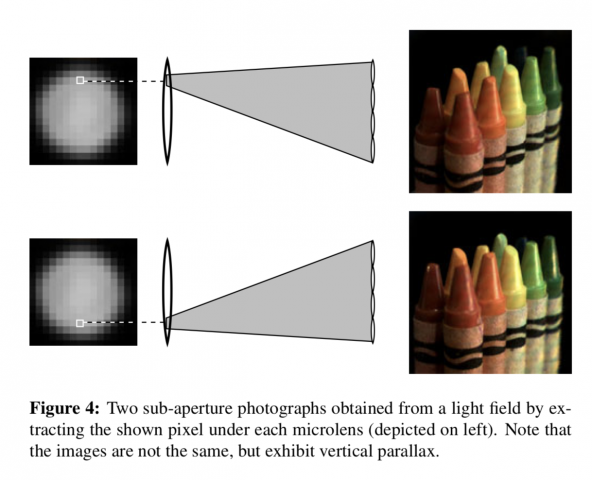https://graphics.stanford.edu/papers/lfcamera/lfcamera-150dpi.pdf
The above paper was one of the founding papers in micro-lens camera technology. Researchers at Stanford wanted to create a system that replicated bug eyes, and ended up using an array of micro lenses, where each one would capture a small patch of an image. These small patches would overlap with neighbors, and could be then used in post processing to exhibit parallax in the image. Having multiple micro lenses also allowed for depth deletion of objects (since the parallax movement corresponds to the depth) which is currently a technology that Google employs. Rather than using multiple cameras like in iPhones, Google Pixel devices that use a single lens have a micro-lens array behind the camera that can be used in depth detection and background blurring.

This research is interesting since it provides a more hardware efficient way of capturing depth/parallax without the need for multiple cameras. It also helps photographers re-adjust the focal points of their images in post-processing since the camera is now capturing more data than a conventional camera, and only deciding on what regions of each micro-lens to sample from when recreating a new image. Thus, it makes use of a large sample of data to create a conventional photo.